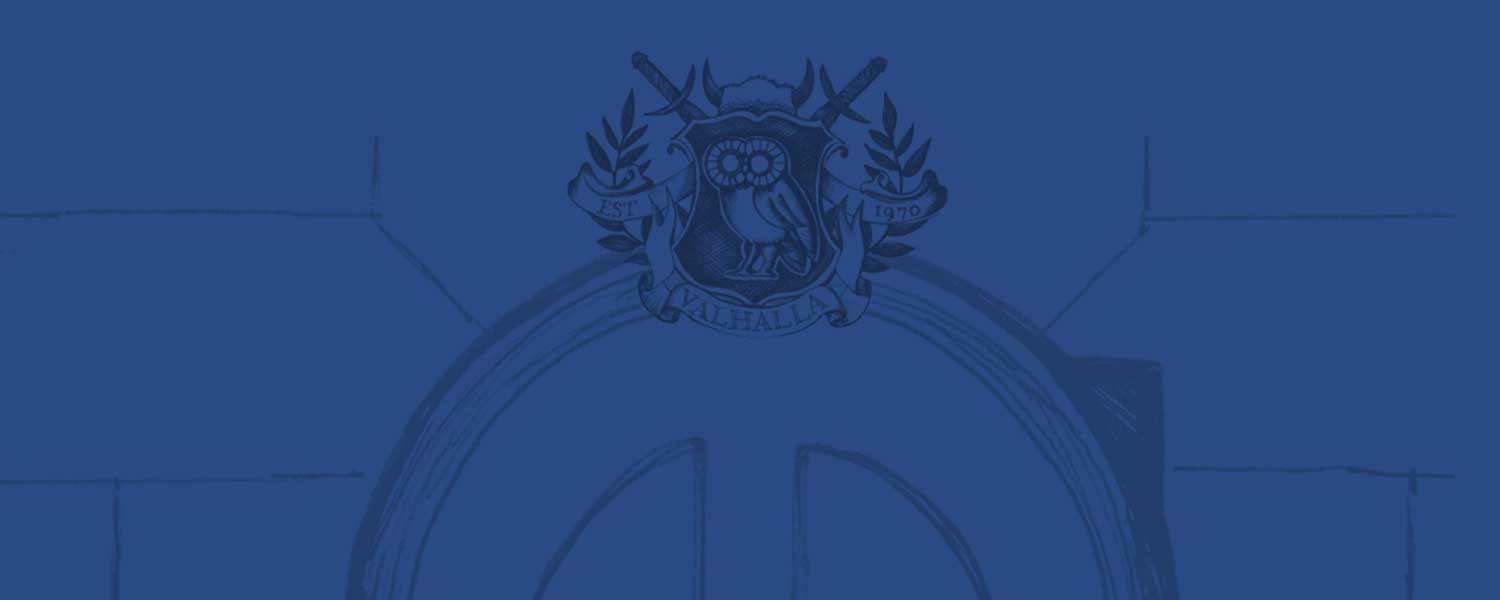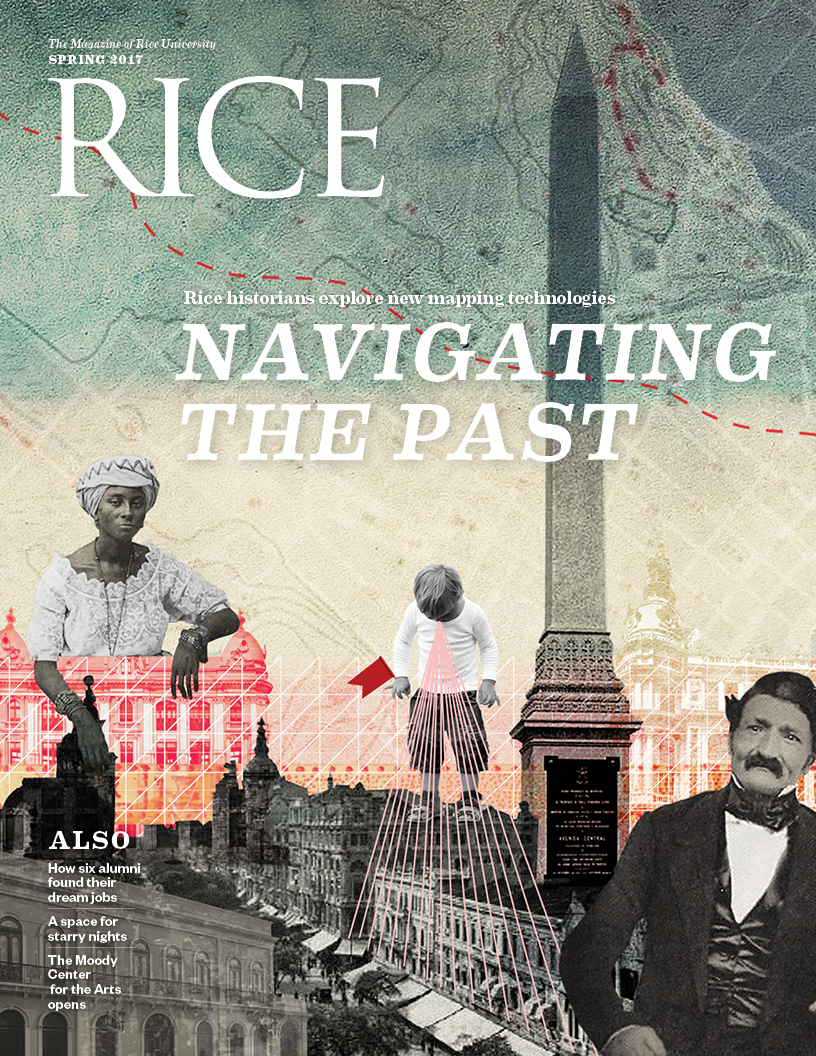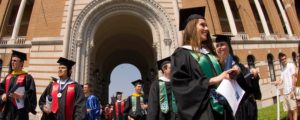Six Degrees of Valhalla is inspired by Stanley Milgram’s experiments in social networks; actor Kevin Bacon’s eponymous parlor game; the stellar academic genealogies of Rice graduate students, alumni and faculty; and the enduring awesomeness of Valhalla, Rice’s graduate student pub.
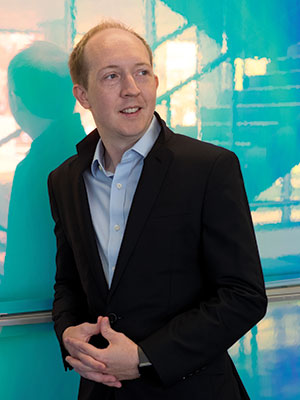
Photo by Jeff Fitlow
JAMES MATTHEWS
Graduate Student Department of Physics
Matthews analyzes molecular structure using surface-enhanced Raman spectroscopy to study protein misfolding and insertion into biological membranes in the lab of Jason Hafner ’98 (b. 1971), a professor of physics and astronomy and of chemistry.
[tw-column width=”one-fourth”]
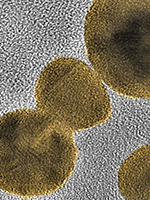 1. HAFNER’S research group uses gold nanoparticles and atomic force microscopes to study how cell membranes are constructed. Hafner earned his Ph.D. in physics at Rice in the lab of Richard Smalley (1943–2005).
1. HAFNER’S research group uses gold nanoparticles and atomic force microscopes to study how cell membranes are constructed. Hafner earned his Ph.D. in physics at Rice in the lab of Richard Smalley (1943–2005).
[/tw-column]
[tw-column width=”one-fourth”]
 2. SMALLEY studied metal and semiconductor ionic clusters in a machine of his own design after coming to Rice in 1976. He studied as a postdoc under physical chemist Donald Levy (b. 1939) at the University of Chicago.
2. SMALLEY studied metal and semiconductor ionic clusters in a machine of his own design after coming to Rice in 1976. He studied as a postdoc under physical chemist Donald Levy (b. 1939) at the University of Chicago.
[/tw-column]
[tw-column width=”one-fourth”]
 3. LEVY’S work focuses on interactions between molecules in supersonic beams, which slow down molecular movement so they can be studied. Levy was a graduate student in the lab of Rollie John Myers Jr. (b. 1924), at the University of California at Berkeley.
3. LEVY’S work focuses on interactions between molecules in supersonic beams, which slow down molecular movement so they can be studied. Levy was a graduate student in the lab of Rollie John Myers Jr. (b. 1924), at the University of California at Berkeley.
[/tw-column]
[tw-column width=”one-fourth”]
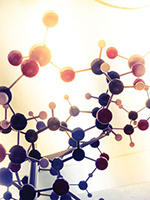 4. MYERS worked for William Gwinn (1916–1997) as a graduate student in chemistry at Berkeley, where Gwinn studied how molecules absorb and emit energy from microwaves. Gwinn got his Ph.D. from Berkeley under Kenneth Pitzer (1914–1997).
4. MYERS worked for William Gwinn (1916–1997) as a graduate student in chemistry at Berkeley, where Gwinn studied how molecules absorb and emit energy from microwaves. Gwinn got his Ph.D. from Berkeley under Kenneth Pitzer (1914–1997).
[/tw-column]
[tw-column width=”one-fourth”]
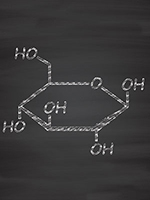 5. PITZER studied the rotation of carbon bonds and served as dean of the College of Chemistry at Berkeley. He later became Rice’s third president (1961–1968). While at Berkeley, Pitzer also trained then-graduate student Robert Curl Jr. (b. 1933).
5. PITZER studied the rotation of carbon bonds and served as dean of the College of Chemistry at Berkeley. He later became Rice’s third president (1961–1968). While at Berkeley, Pitzer also trained then-graduate student Robert Curl Jr. (b. 1933).
[/tw-column]
[tw-column width=”one-fourth”]
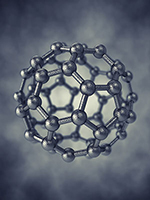 6. CURL studied the structure of free radical molecules, using experiments and theoretical calculations, and collaborated often with Smalley. In 1985, Harold Kroto (1939–2016) visited Rice and joined Curl and Smalley in studying the formation of carbon-based molecules in giant stars. It was during this work that the trio found the first evidence of C60 (buckminsterfullerene), which would earn them a 1996 Nobel Prize in chemistry.
6. CURL studied the structure of free radical molecules, using experiments and theoretical calculations, and collaborated often with Smalley. In 1985, Harold Kroto (1939–2016) visited Rice and joined Curl and Smalley in studying the formation of carbon-based molecules in giant stars. It was during this work that the trio found the first evidence of C60 (buckminsterfullerene), which would earn them a 1996 Nobel Prize in chemistry.
[/tw-column]

